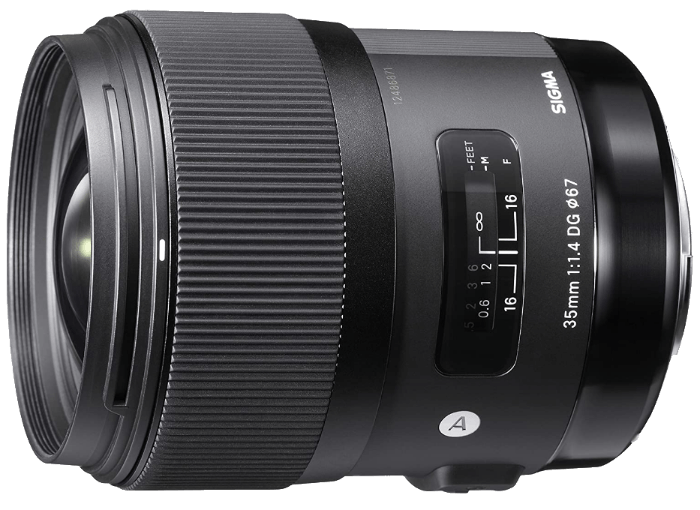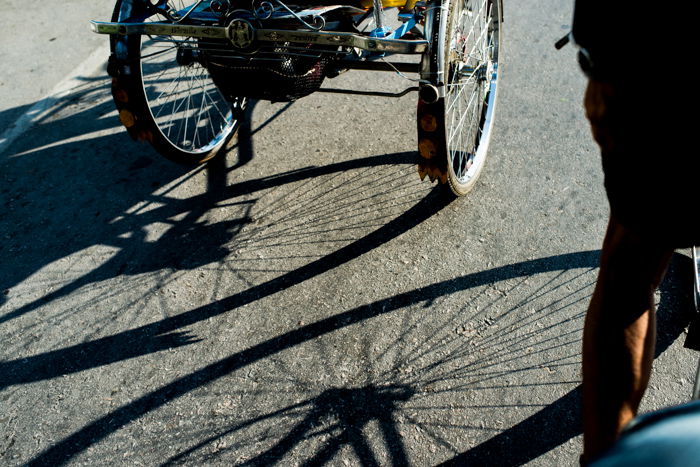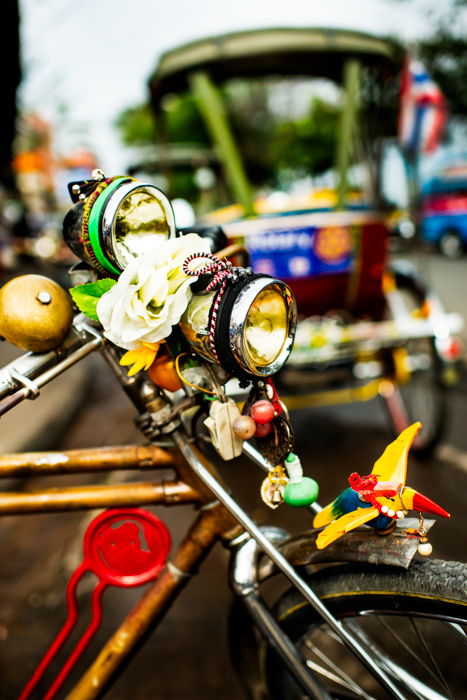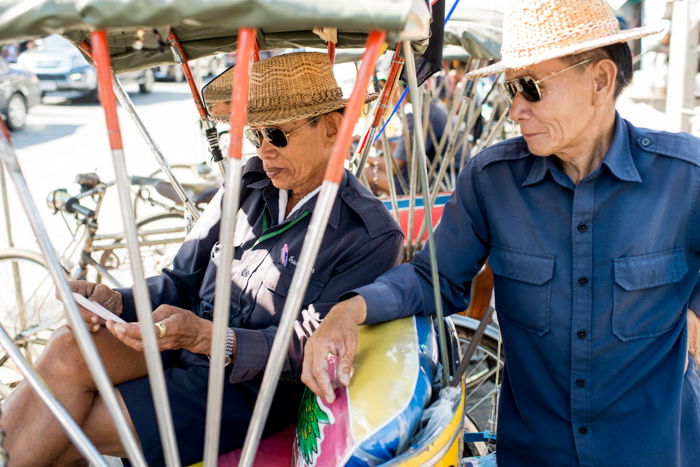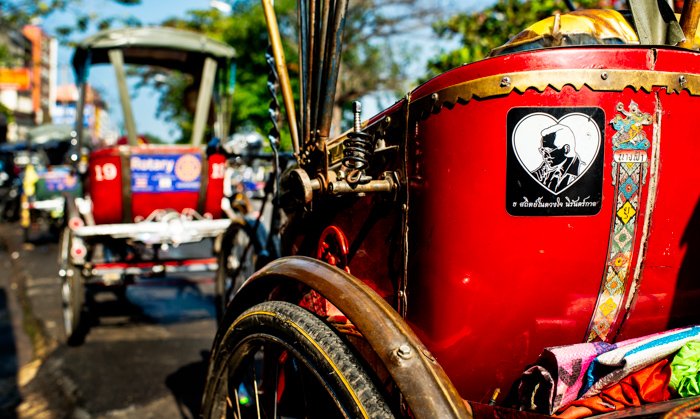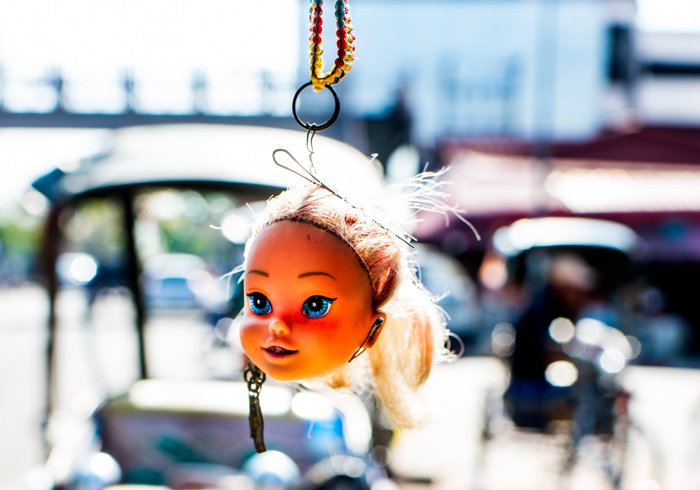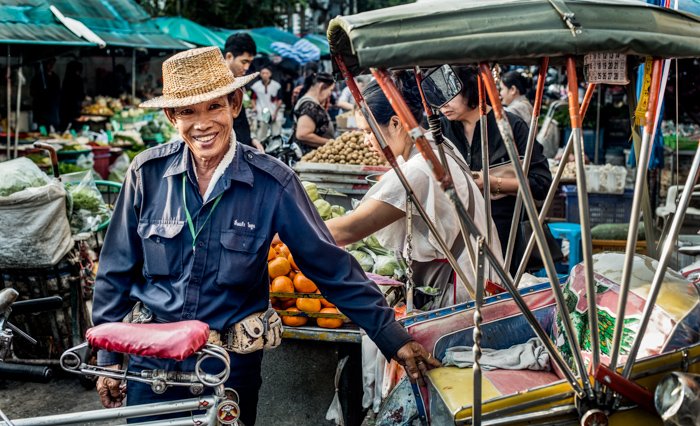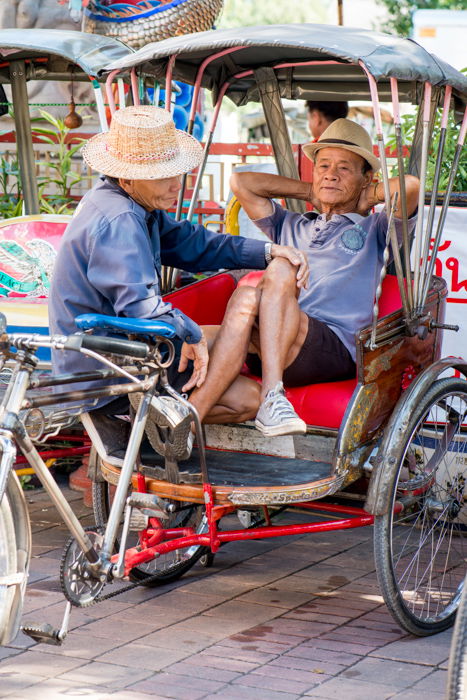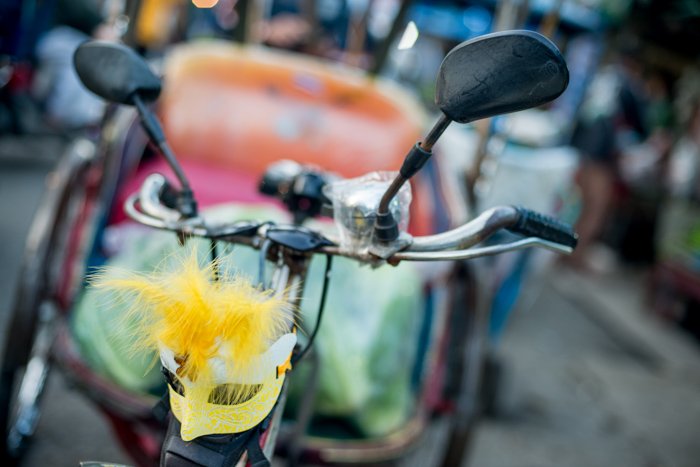What Are Some Creative Documentary Photography Ideas?
A documentary photography project is a visual narrative of virtually anything you can make pictures of. Typically a long term project rather than a one time photo session. You will produce a series of images over a period of days, weeks, months or years. A documentary, photographic or otherwise, is a presentation of facts. Making photos for a documentary you will have little or no control of your chosen subject matter. A fashion or still life photographer can freely manipulate their subject. A true documentary photographer will only record what is actually happening without intervention. This type of photography can be challenging. But when all the elements fall into place, documentary photographs can be the most compelling.
How to Start a Documentary Photography Project
Coming up with practical documentary photography ideas can be very challenging. Let me share with some of the ways I have learned to do this.
Make Lists of Ideas
I am an incessant list maker. Having a project on the go requires a number of lists to help keep me on track. Make yourself a master list of ideas. One you can write down any ideas for any kind of project. Don’t confine it to photography ideas. Think outside the box. Don’t aim to be practical. This list is for everything. Make another list, after a while. Begin to edit your master list. Be practical. Ask yourself if the ideas on your master list could become a documentary photography project. If you can see it working, add the idea to your second list.
Things to Consider:
Is my idea visually interesting? Will it challenge me? Will I enjoy photographing this topic? Can I learn enough about my chosen topic? Will I have easy access to my subject or location? Are there safety concerns?
If you have any concerns about any of these or other things you may think of, you might need to leave the idea off your second list. Keep narrowing down your lists until you have one or two ideas you are comfortable to move forward with. At this stage, I usually decide on the length of time I will commit to the project. Depending on the project I will sometimes leave it open ended.
How to Decide How Long Your Project Will Take
Have the end in mind. What do you want to achieve? How many final photographs do you want to produce? Be flexible with your time frame. Consider what a reasonable time frame would be to come up with a series of photos. Deciding this as you start out will help you stay on target. If your project is to run its course over a number of months or longer, set yourself some milestones. At the beginning of each month make time to review your progress and adjust your project’s time frame if you want. I find if you leave a project open ended there’s a danger that it will not be completed. If you set yourself a too short a time frame you may not have time to enjoy the process and produce pleasing results. It’s good to remain flexible and review from time to time. If I have another purpose for the photos, like a publication or exhibition, I will work to a deadline. This can be healthy for production too, but not so much when you are starting out.
Things to Do Before You Start Your Project
Visit the Locations
Even if you have chosen a topic you already have a vast knowledge of, do some research. The more you know and understand your photography documentary subject, the better you will be able to visually represent it. Make use of the internet. Google and YouTube are huge resources for researching documentary photography ideas. Visit your local library too, as books often contain more refined information than you may find on the internet. If there’s an interest group in your area about your subject, join it. Meet other people who have similar interests and learn from them. Visit the location or locations where you plan to make your documentary photography. Observe what happens there. Look for patterns of activity. Look for repetition. Whatever happens repeatedly is characteristic of your chosen subject and needs to be a main focus of your attention.
Meet the People
Of course, this may not be relevant to every documentary photography ideas. Sometimes there will be no people to talk to. When there are, get to know them. The series of photos I am showing with this article is a long term documentary project I have. For many years now I have been photographing the tricycle taxis in Chiang Mai, Thailand. Not only the bikes, but their riders. Lung Gao is one of the leaders of this group of aging public transport providers. Connecting with him has proven beneficial in many ways. Not only for this documentary project but also for the photography workshops we run. He has helped me connect with others in his group I do not know and made me feel welcome whenever I was photographing them. Without this relationship I would have missed out on so many photo opportunities. The right people may have information you may not find in any book or online. Local knowledge can help you to see things you may have otherwise missed. Depending on your project, your photos may end up being published or used in other ways. If you need to, seek permission to undertake your documentary photography idea. You may want to photograph on private property, or among a group of people. At schools or hospitals, even a local shopping area, you will be best to find the right person to get clearance from. It would be disappointing to start a project only to get part way through and have to stop because you didn’t get proper permission. Present yourself well and your intentions clearly. Be honest about what you want to do. Be prepared to follow any rules and guidelines. And don’t forget to offer your subjects some of the photos.
How to Photograph for a Documentary Project
Aim to take a wide variety of photographs. A documentary photography project is as much about culling the photos for the final presentation as it is about taking them. How many pictures you should take depends on the nature of your documentary project. The more you photograph, the easier it will be to find that right balance. Keep focused on producing a series of photographs that will be a clear visual narration of your chosen topic. And make sure to collect a good assortment of angles. I am always looking for three kinds of photos. Wide, medium and close up. Incorporating these three types will help people get a better feeling for what they are seeing. If you only have wide angle images showing a broad area, the details will be lacking. If you are only getting in for close and medium photos the more extensive view will be missed. I often create each of these three with my 35mm lens. I zoom with my feet getting close up or further back as I need to get the best photo.
Critique Your Own Work and Get Yourself a Mentor
Review your photographs often. If you can, find a more experienced photographer you can bounce around ideas with. If not a photographer, someone who is interested in your project. Evaluating your own photos, especially during a long term project, will help you grow. If you are not looking over your photos with a critical eye you will be missing things. Look at all aspects of what you are doing. Assess whether your photos are presenting your story well. Are they a clear and true representation of your experience? One question I often ask myself about any series of photos is: If someone who has never been here and experienced this saw my photos, what would they understand? With my documentary photographs I want people to experience what I experienced. It is never easy, but it is a worthwhile goal. Examine the technical aspects of your photographs.
Getting enough in focus? Exposures consistently good? Colors and tones appealing? Timing your photos to capture the best action?
Do not be too hard on yourself when you evaluate your pictures. Look for the best ones out of each new batch and put them in a separate folder. This will help you as your project develops. You will be able to see a progression, and hopefully an improvement, in your photography. You will also be able to see if there are any gaps in your visual storytelling.
You’re Always In The Picture
American photographer Ansel Adams said “There are always two people in every picture: the photographer and the viewer. Where you stand. What lens you use. The camera settings you choose. At which moment you open your shutter to make your exposure. All of these aspects of your photography are part of your involvement and interaction with your subject. It is not possible for you to be completely separate. You cannot be totally objective. You see the world in a unique way. The more you learn to express what you see and how you see it, the more compelling your photographs will be. Ask yourself:
Are my compositions interesting to the viewer? Do they draw people in to want to know more about my subject? Or are they merely bland representations of what was in front of my camera? Have I used my camera equipment as effectively as possible? Am I incorporating appropriate photographic technique?
Conclusion
Take time to study renowned documentary photographers. You can learn a huge amount by viewing series of published pictures made by the best. There are too many websites to mention, but they are easy to find. If you can, get your hands on some old magazines like ‘Life’, ‘Picture Post,’ or even current editions of ‘National Geographic’. These and other all contain wonderful sources of inspiring documentary photography. Find photographers doing documentary work you appreciate and follow them. Learn about their work. Who are they and why do they do it so well? This can be another great source of encouragement. I leave you with some of my favourite documentary photographers: Sebastiao Salgado, Bill Brandt, Dorothea Lange, Henri Cartier-Bresson, and James Nachtwey. Take the tips in this article, check out these photographers’ work and go create your own documentary project. Looking for more inspiration? Check out our new post about street photography quotes next!
